Red light therapy can help reduce inflammation, support sinus drainage, and ease congestion during the early stages of a cold. Devices built with clinical-grade LEDs, like the VISO and Illuminate Red Panel, target irritated tissues and deliver precise energy without pharmaceuticals.

Symptoms such as sinus pressure, nasal blockage, and fatigue often start before a full-blown cold arrives. Red light therapy can play a supportive role if used consistently during this window. Several studies, including one that measured nasal patency before and after rhinophototherapy, reported decreased resistance and symptom intensity. You’ll find the key results from that study below.
For those looking to add something practical and noninvasive to their wellness routine, here’s what red light therapy offers.
How Red Light Therapy Works During a Cold
Photo Source -> Photobiomodulation, Underlying Mechanism and Clinical Applications
Inflammation Reduction in the Sinuses and Airway
Red light therapy uses 660 nm wavelengths to influence how cells produce energy and manage stress. When applied around the nose, cheeks, and upper lip, the light reaches the inflamed mucosal tissue responsible for congestion and pressure.
One peer-reviewed trial on rhinophototherapy recorded lower nasal resistance just 30 minutes after exposure. Participants also reported improved airflow and reduced sneezing frequency. That study used 660 nm light, the same wavelength built into the VISO for facial delivery.
Energy Support and Mitochondrial Function
When fighting an infection, cells burn through energy rapidly. Red light stimulates mitochondrial output, helping tissues repair faster.
This has been studied in a variety of respiratory conditions, including bronchial asthma and chronic sinus inflammation.
Devices like the Lumara Pad are configured with 635 nm, 830 nm, and 940 nm to reach both surface-level irritation and deeper systemic areas, useful when colds involve muscle aches or sore throat.
Consistent Energy Delivery, No Missed Zones
The Illuminate Red Panel avoids “leopard spots” by using 6 mm LED spacing and a flat optical profile, ensuring every square centimeter of the sinus region receives an even dose.
Incomplete energy coverage leads to inconsistent results, especially when you're trying to recover during a viral flare-up.
No Results From Underpowered Devices
One of the biggest barriers to consistent results is inconsistent energy delivery. Inexpensive or mass-produced tools often lack the irradiance and spacing needed to create uniform coverage. This leads to underdosed areas, especially around the sinuses and jawline.
This is why clinical designs like the VISO and Lumara Pad are engineered with tighter LED spacing, proper heat dissipation, and verified irradiance metrics. Users frustrated by slow results are often using tools that don’t meet the minimum energy threshold.
How Research Supports Red Light for Immune Recovery
Photo Source -> Light as a potential treatment for pandemic coronavirus infections: A perspective
Red Light’s Role in Respiratory Health
Cold symptoms typically begin in the upper respiratory tract. When red light therapy is applied early, particularly around the nasal bridge, cheekbones, and jawline, it may help calm the inflammatory response and improve airflow.
Research exploring red and near-infrared wavelengths found measurable improvement in airway resistance, mucus clearance, and nasal openness.
In one peer-reviewed trial on rhinophototherapy, patients exposed to 660 nm light experienced decreased nasal resistance and reported fewer symptoms. Devices built to match this clinical specification, like the VISO, are well suited for cold recovery protocols involving the sinus region.
These results reflect what’s possible when a device delivers energy consistently and at a therapeutic dose, especially in the early days of an illness.
Applications During Cold and Virus Season
Red light’s immune-modulating effects extend beyond sinus relief. A scientific perspective published in Photodiagnosis and Photodynamic Therapy cited several uses for red and near-infrared light during respiratory infection, including bronchial support and lung inflammation control.
That same publication described how early 20th-century flu outbreaks were treated with phototherapy in clinical settings, reinforcing light’s relevance in times of widespread infection.
Modern red light tools, like the Illuminate Red Panel, replicate the delivery seen in early respiratory trials. These panels reach the throat, upper chest, and facial region with 5 J/cm² of energy in 5 minutes, making them ideal for people managing seasonal sickness with consistency.
Cold Season Protocols and At-Home Use
When to Start Treatment
Symptoms often begin before the sore throat or congestion becomes noticeable. Red light therapy may offer more benefit when started early, within the first 24 hours of feeling run down.
Using a device like the Lumara Pad on the upper chest or neck can help address deep-tissue fatigue and inflammation that shows up alongside viral symptoms.
Daily consistency matters. Skipping treatments or alternating low-output tools leads to uneven results.
Where and How to Apply Light
Target the areas where symptoms concentrate:
-
Sinuses and cheeks using the VISO for 20 minutes
-
Neck and chest using the Lumara Pad for 10–15 minutes
-
Jawline and nasal bridge using the Illuminate Red Panel at close range for 5 minutes
This routine can be done once or twice per day during active cold symptoms. Eye protection should always be used during panel sessions.
Timing, Dosage, and Application Guidelines
Red light therapy may offer the most noticeable relief when used daily at the onset of symptoms. Timing matters. The earlier light is introduced, the better the chance of supporting healthy immune function and reducing swelling in airway tissues.
A typical cold season protocol looks like this:
-
Face-focused use (congestion, pressure) - VISO: 660 nm red, 20 minutes daily
-
Upper chest or throat (fatigue, soreness) - Lumara Pad: 635–940 nm range, 10–15 minutes
-
Wide coverage or multi-zone use - Illuminate Red Panel: 5 minutes at 6"–8" distance
Recover With Lumara
Colds don’t wait. And neither should your recovery tools.
Red light therapy offers a noninvasive, clinically backed way to support your body through congestion, fatigue, and seasonal crashes. But not all devices deliver the energy needed to make a difference, especially when time matters.
That’s where Lumara stands apart.
Every product in our lineup is engineered to match clinical protocols, not cosmetic trends. Whether you’re targeting sinus pressure, throat tension, or immune-related inflammation, Lumara gives you the tools to act early, treat consistently, and feel the shift faster.
Skip the guesswork. Trust the specs. And let light do what it’s built to do, help your body recover, naturally.
Lumara Red Light Devices for Cold Recovery
-
VISO LED Mask – 660nm red light therapy for sinus relief, facial pressure, and congestion. Snug fit, no hot zones, 20-minute sessions.
-
Illuminate Red Panel – Full-coverage panel with 6mm spacing, 5 J/cm² output in 5 minutes. Ideal for multi-zone use and quick daily sessions.
-
Lumara Pad – Flexible body treatment for chest, throat, or muscle aches. Delivers 635, 830, and 940nm light deep into tissue.
FAQs
Does red light therapy kill cold viruses?
No. It does not kill viruses, but it may help regulate the body’s inflammatory response, improve circulation, and reduce tissue stress during early cold symptoms.
Can I use red light therapy on my sinuses when I’m congested?
Yes. Directing red light toward the nasal bridge, under the eyes, and around the jaw may support sinus drainage and reduce swelling.
What wavelength is best for colds?
660 nm red light is commonly used for surface-level inflammation and sinus targeting. Deeper tissues may benefit from 830–940 nm near-infrared light.
When should I start red light therapy during a cold?
As soon as you feel rundown or notice throat tightness, begin daily use. Early treatment often leads to better outcomes in symptom management.
Which red light device should I use for cold symptoms?
The VISO is best for facial and sinus application. The Lumara Pad works well on the chest and throat. For full coverage, consider the Illuminate Red Panel.
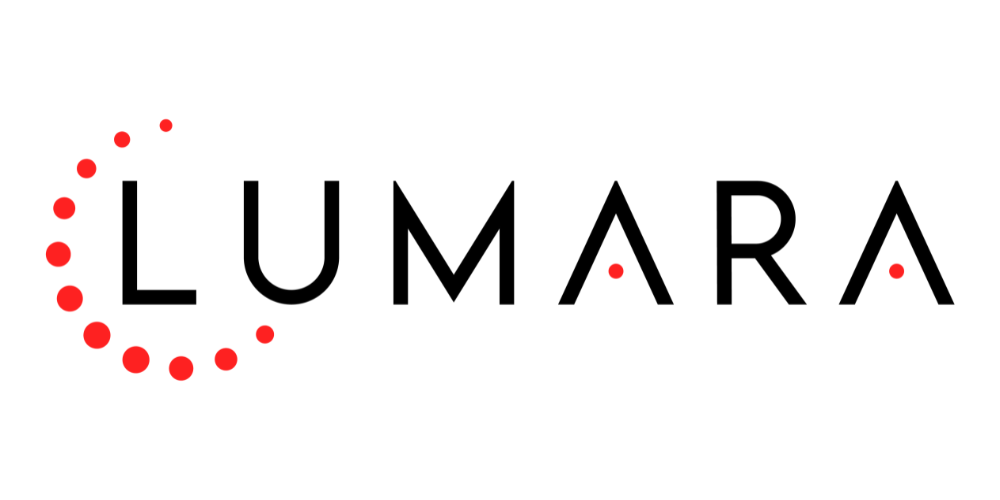
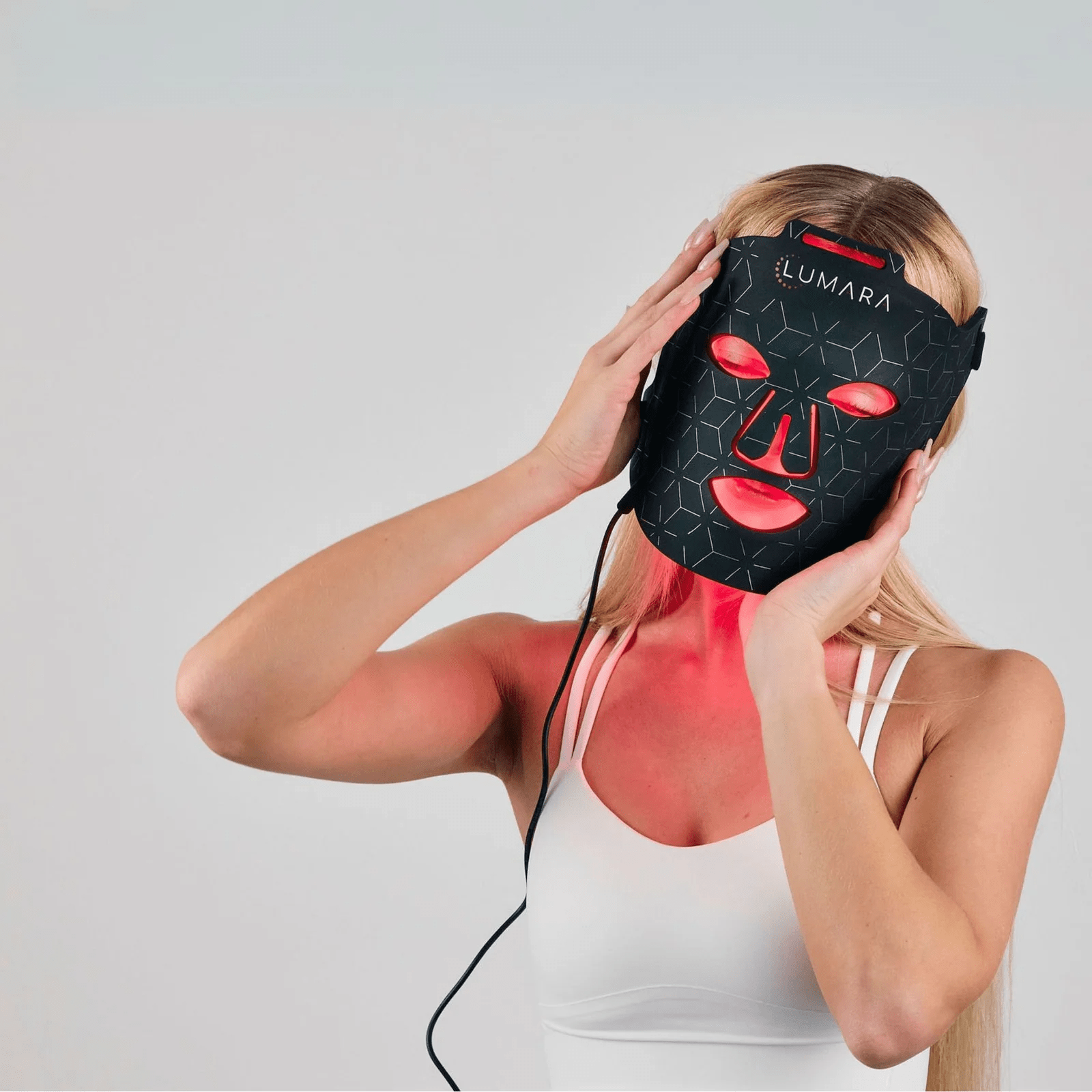
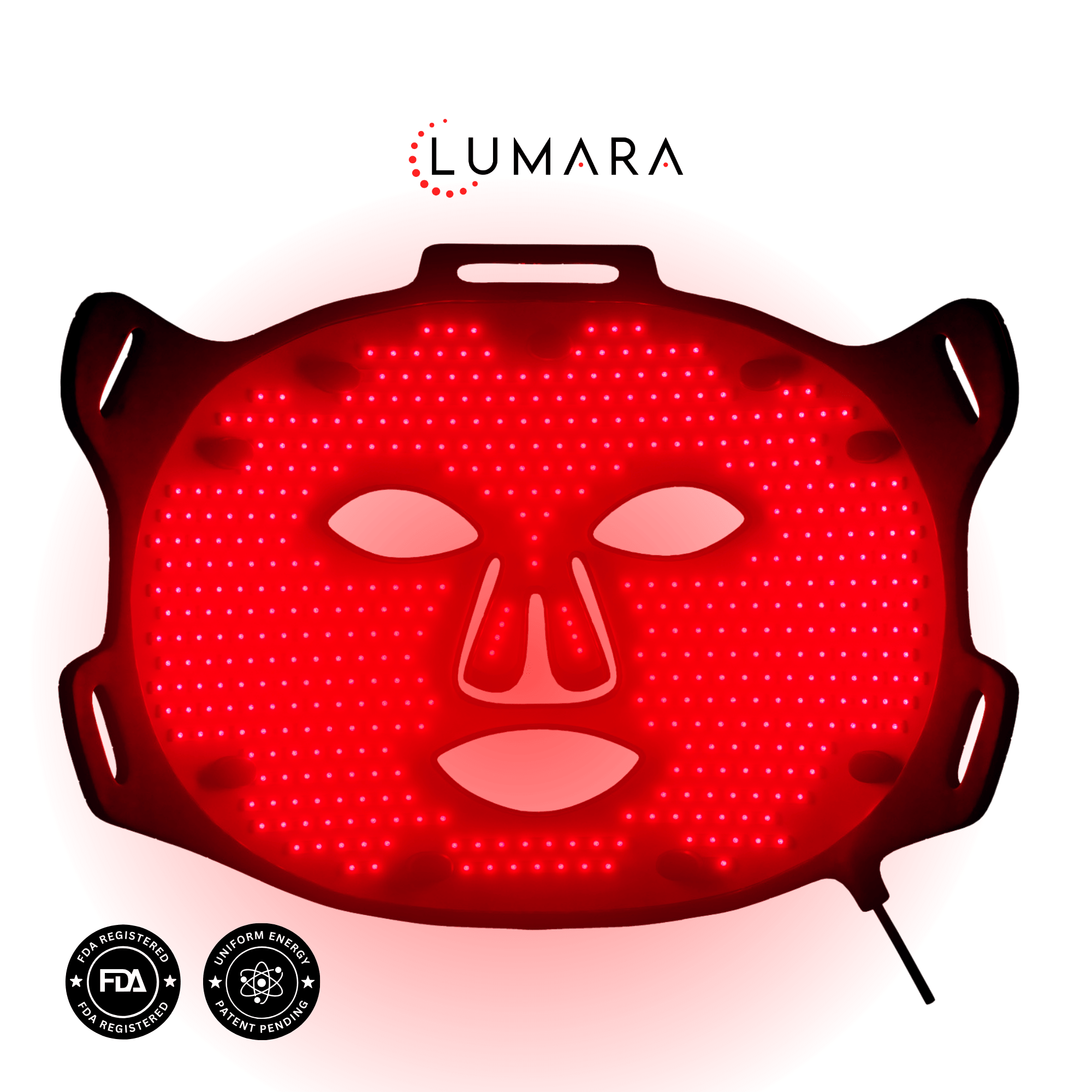

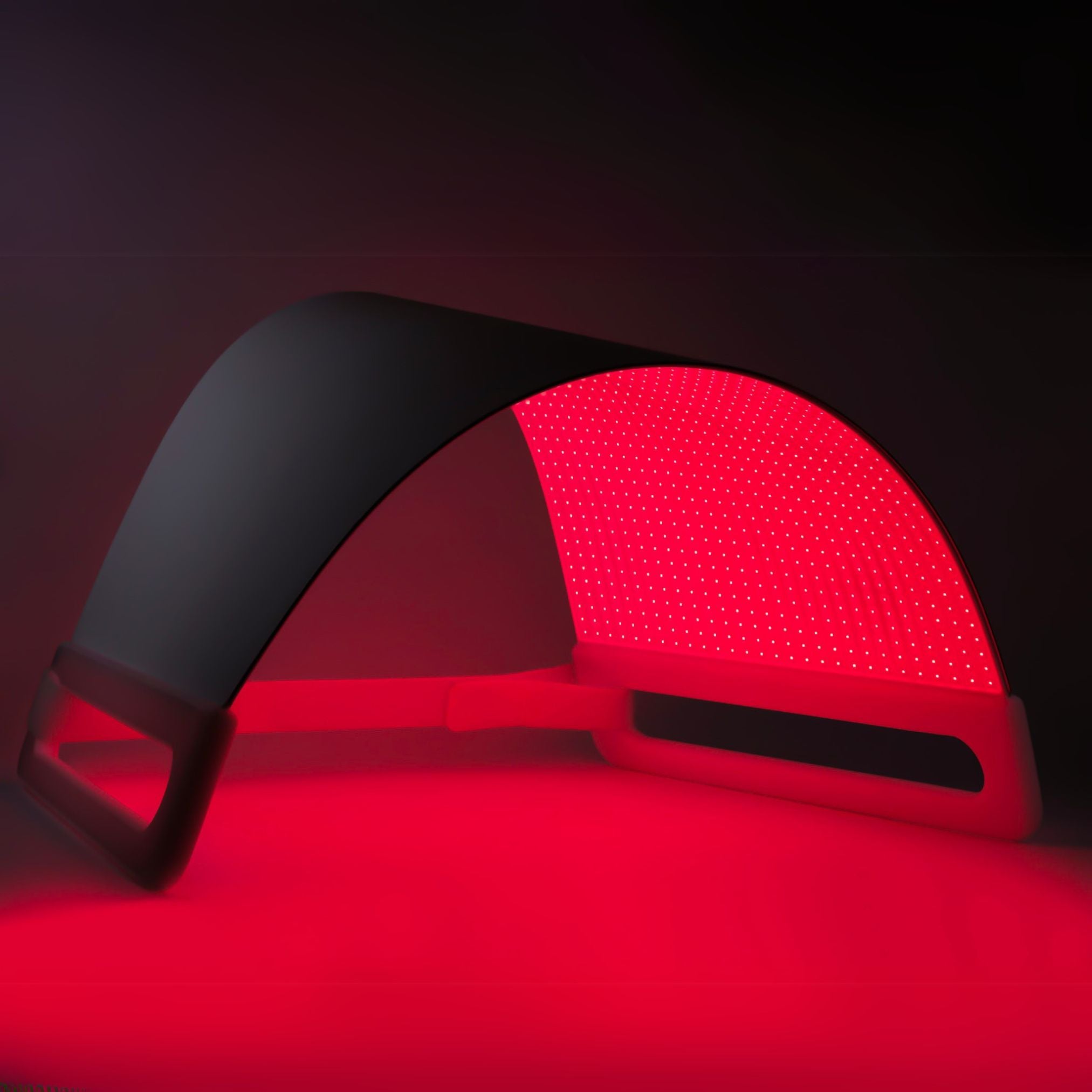
Share:
Red Light Therapy for Bacterial Infections
Photobiomodulation LED Therapy for Pain and Support